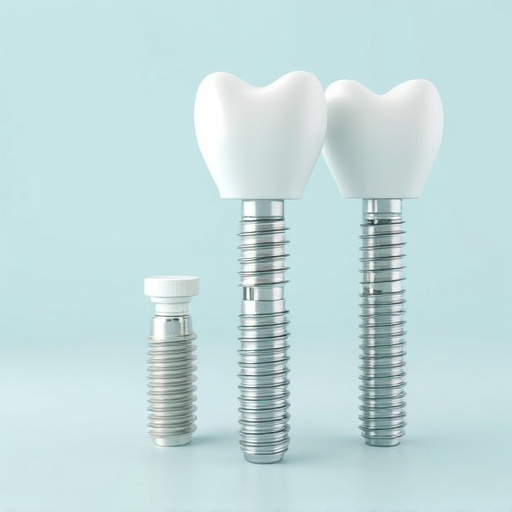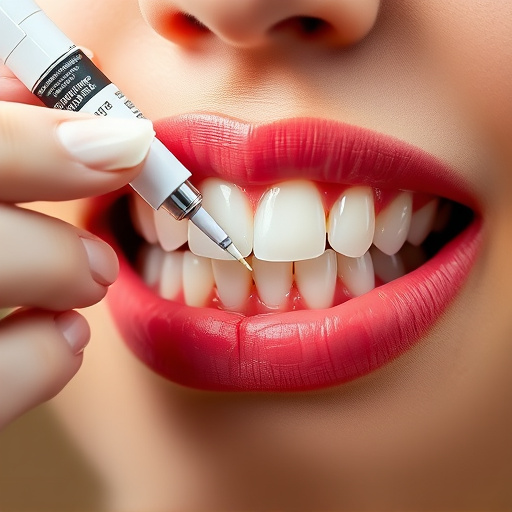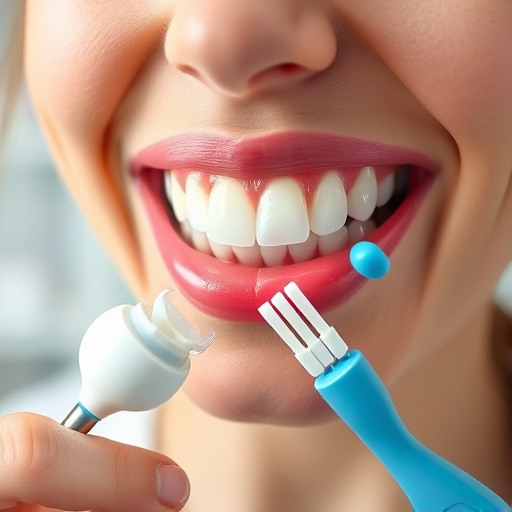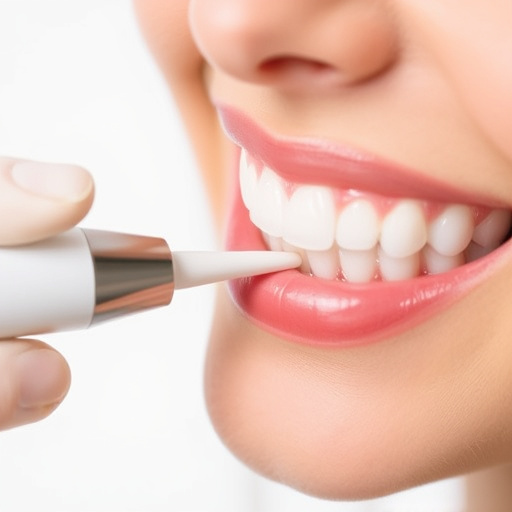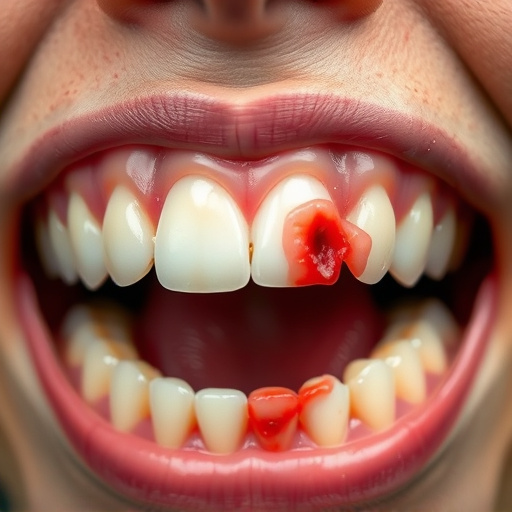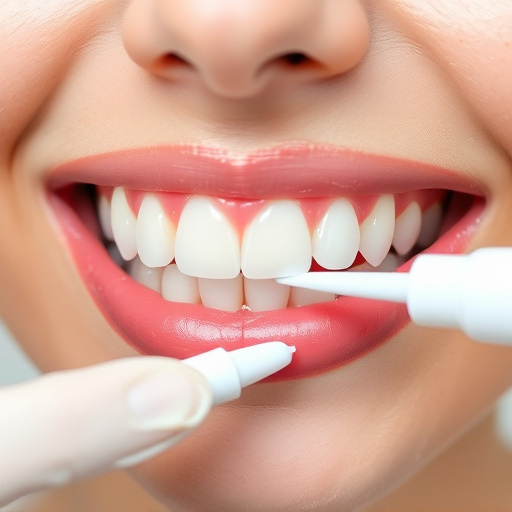Dental crowns and bridges offer long-term solutions for damaged or missing teeth, enhancing both function and aesthetics. Bridges, as fixed prostheses, replace missing teeth using surrounding natural teeth or implants, while crowns protect severely decayed or broken teeth. Regular oral exams and good oral hygiene are crucial for their longevity, ensuring optimal performance and maintaining overall oral health.
Dental crowns and bridges are effective solutions for damaged or missing teeth, offering both functional and aesthetic benefits. This article explores these advanced restorative options in detail. We start by ‘Understanding Dental Crowns’ and their role in restoring tooth function and appearance. Next, we delve into the use of bridges to replace missing teeth seamlessly. Finally, we discuss the long-term benefits and care tips for maintaining dental crowns and bridges, ensuring optimal health and smile longevity.
- Understanding Dental Crowns: Restoring Tooth Function and Appearance
- The Role of Bridges in Replacing Missing Teeth
- Long-Term Benefits and Care for Dental Crowns and Bridges
Understanding Dental Crowns: Restoring Tooth Function and Appearance

Dental crowns and bridges are advanced dental procedures designed to restore damaged or missing teeth, providing both functional and aesthetic benefits. When a tooth is severely decayed or broken, a crown acts as a cap, covering the remaining tooth structure to strengthen it. Crafted from materials like porcelain or metal, these custom-made restorations match the natural color and shape of your teeth, ensuring a seamless fit. By bonding the crown to the underlying tooth or implant, dentists can restore chewing function and protect the sensitive inner layers from further damage.
In cases where one or more teeth are missing, dental bridges offer a permanent solution. Consisting of one or more artificial teeth supported by surrounding natural teeth or implants, bridges fill in the gaps, preventing bone loss and maintaining facial structure. This procedure not only enhances chewing efficiency but also prevents neighboring teeth from drifting out of position. Regular oral exams play a crucial role in identifying damage early, allowing for less invasive treatments like cosmetic fillings or dental bonding as preventive measures before considering more extensive options like crowns and bridges.
The Role of Bridges in Replacing Missing Teeth

Dental crowns and bridges play a pivotal role in restoring dental health and aesthetics when dealing with missing or damaged teeth. Bridges are a fixed prosthesis that serves as an alternative to dentures, providing a seamless solution for gaps left by tooth extractions. They are particularly useful when there are adjacent healthy teeth that can serve as anchors. By fusing artificial teeth into place, bridges offer both functionality and cosmetic dentistry benefits. This procedure is often recommended post-tooth extraction to prevent bone loss and maintain the natural contour of your face.
Compared to traditional cosmetic fillings, dental crowns and bridges provide a more permanent solution, ensuring comfort and confidence in chewing, speaking, and smiling. Bridges can be crafted from various materials, such as porcelain or ceramic, offering a natural look and feel. This customization ensures they blend seamlessly with surrounding teeth, enhancing overall oral health and the patient’s quality of life.
Long-Term Benefits and Care for Dental Crowns and Bridges

Dental crowns and bridges offer long-term benefits for damaged or missing teeth, enhancing both functionality and aesthetics. When properly cared for, these restorative dentistry solutions can last for many years, providing a durable and natural-looking solution. Regular dental check-ups are crucial to ensure the longevity of dental crowns and bridges. During these visits, dentists can inspect for any signs of wear, crack, or damage, enabling prompt repair or replacement if needed.
Proper oral hygiene plays a significant role in caring for dental crowns and bridges. Using soft-bristled toothbrushes and fluoride toothpaste, along with regular flossing, helps maintain the health of surrounding teeth and gums. Additionally, avoiding hard or sticky foods that can put excessive strain on these structures, supports their continued integrity. Incorporating preventive dentistry practices like routine cleanings and check-ups into your oral care routine ensures optimal performance of dental crowns and bridges, enhancing overall oral health and well-being.
Dental crowns and bridges offer effective solutions for damaged or missing teeth, providing both functional and aesthetic restoration. By understanding the benefits of each method, you can make informed decisions about your oral health. With proper care, dental crowns and bridges can last for many years, ensuring a confident smile and improved quality of life.








